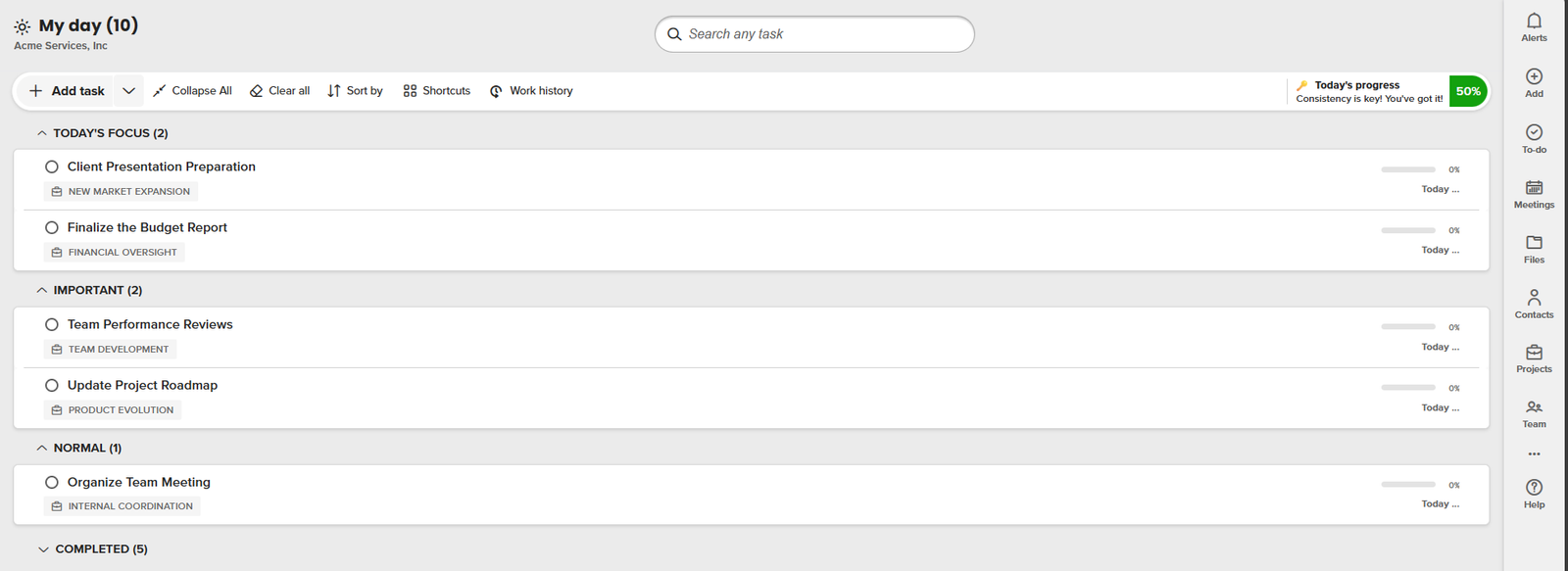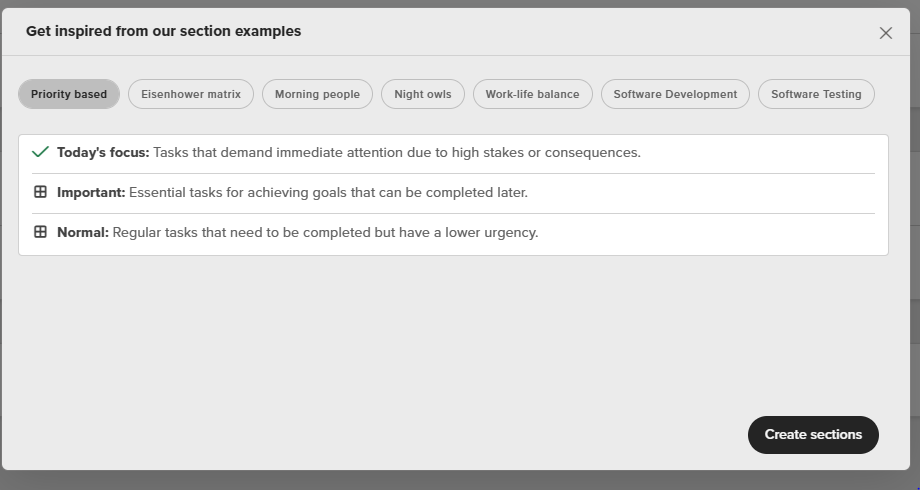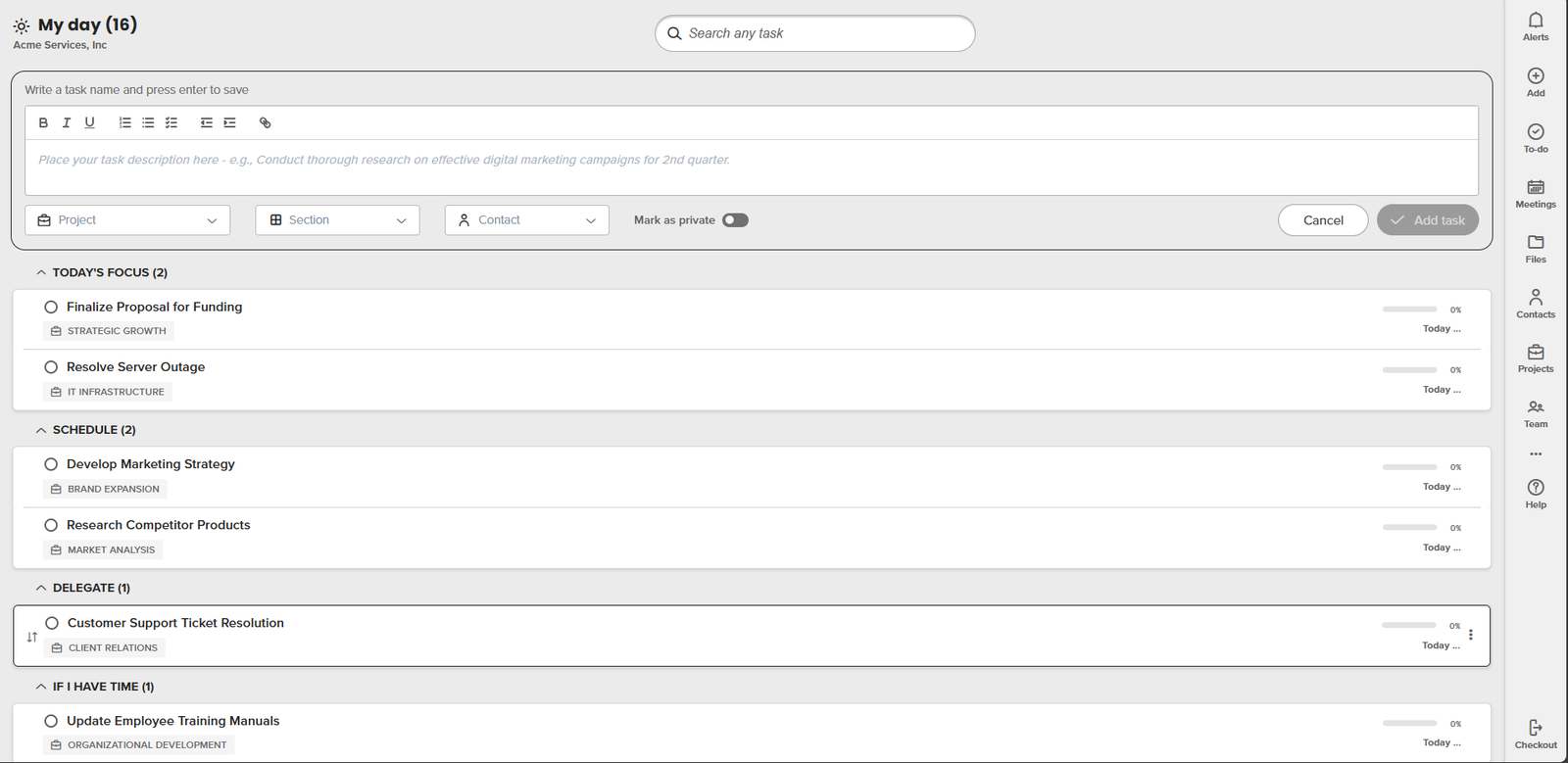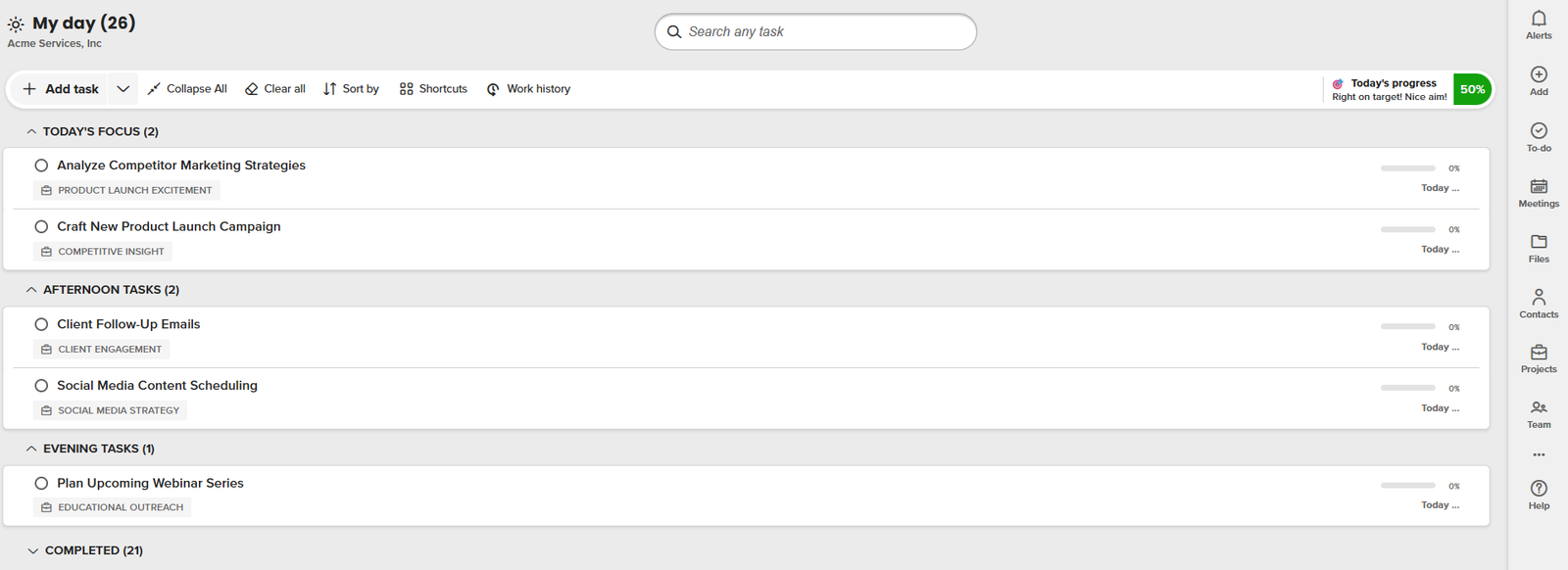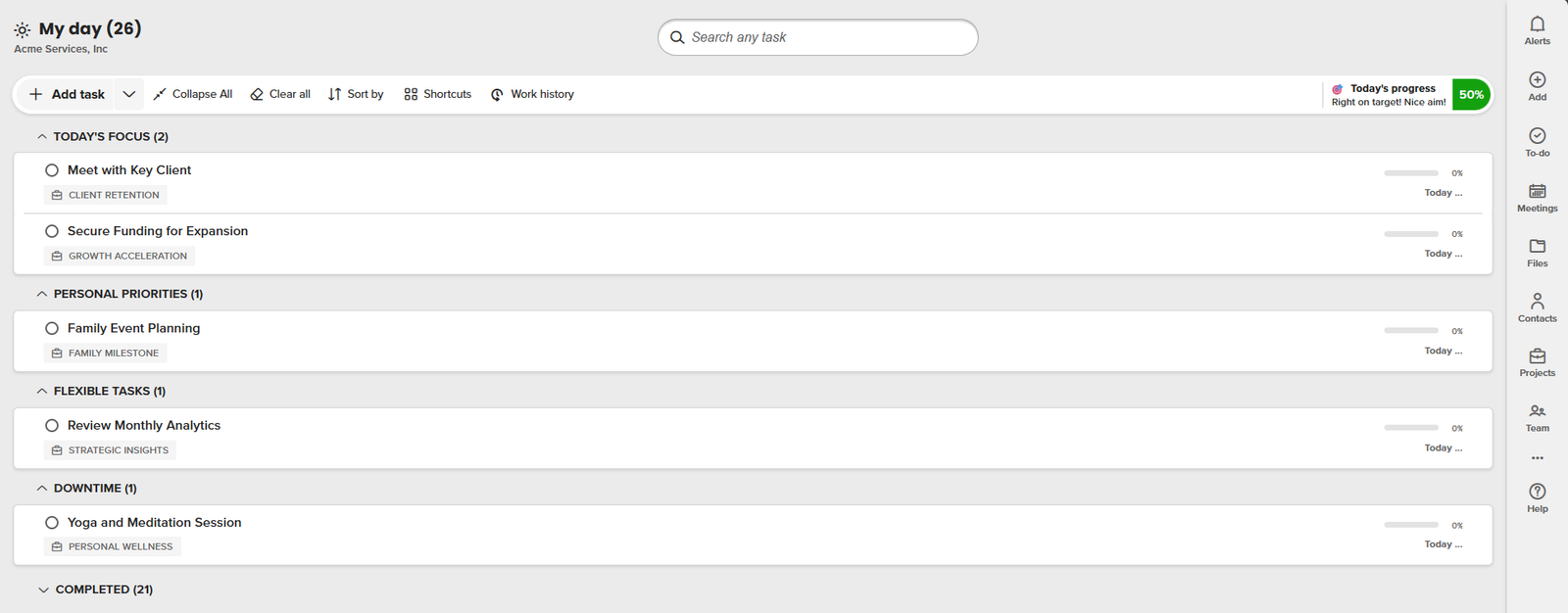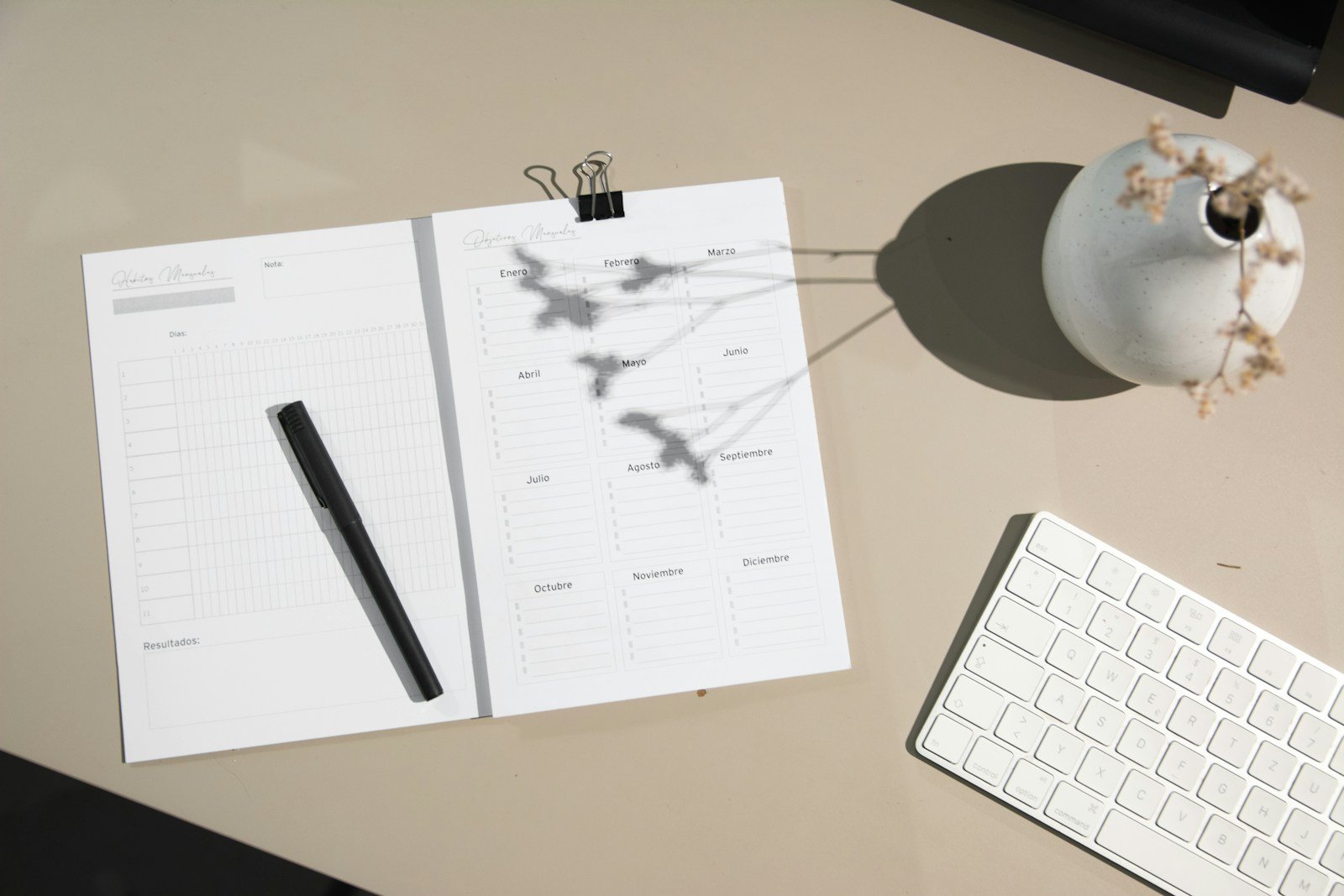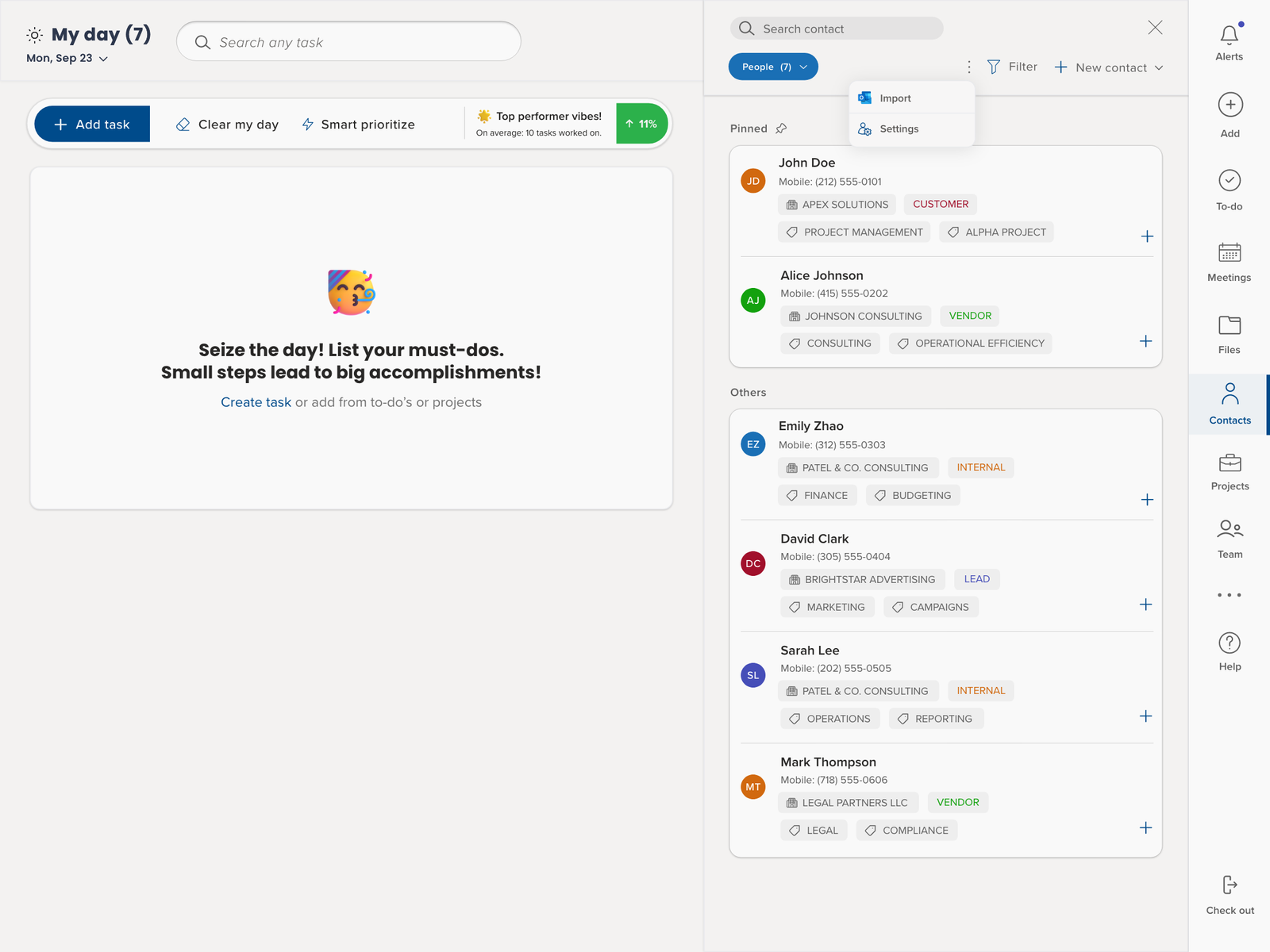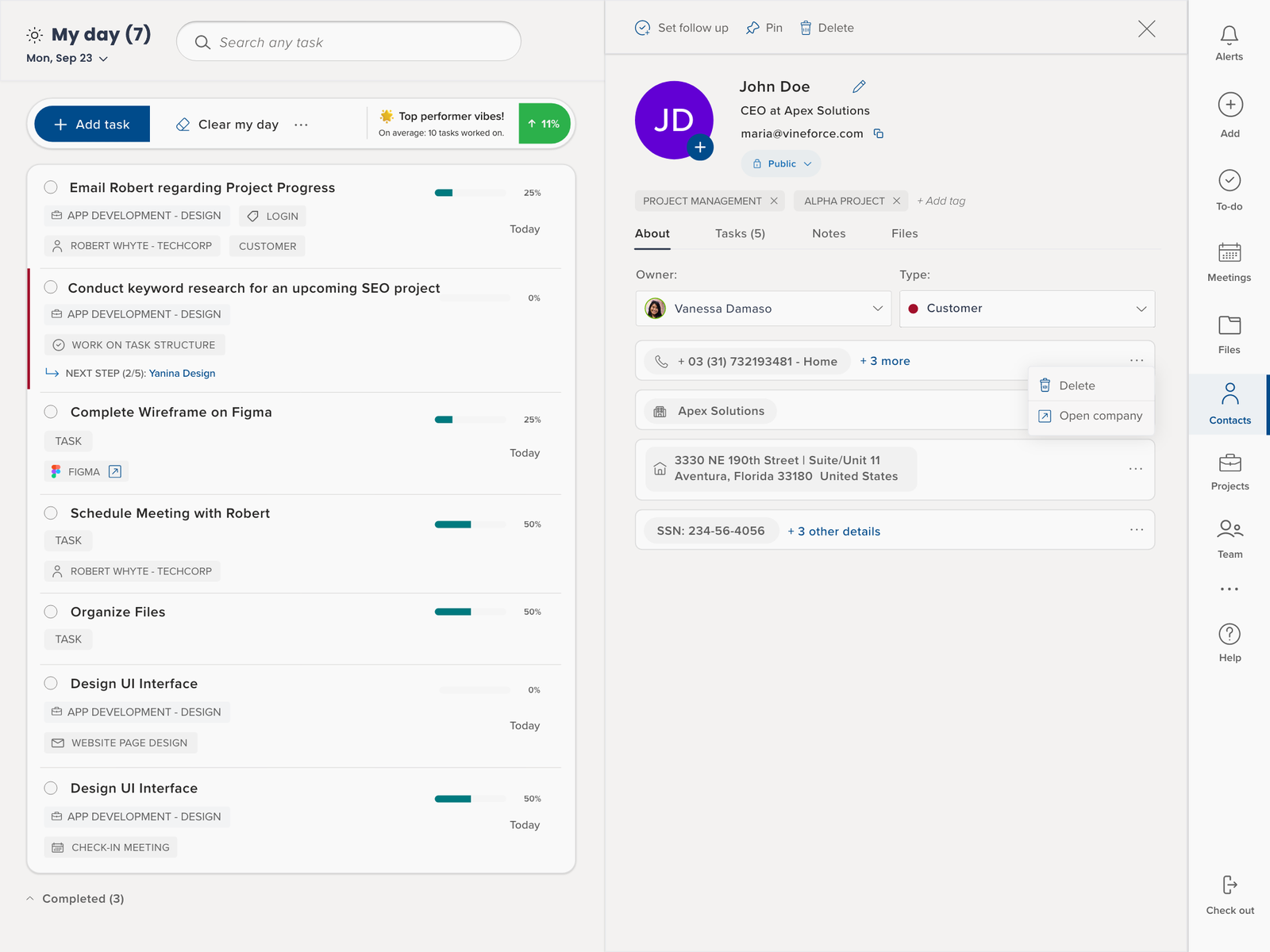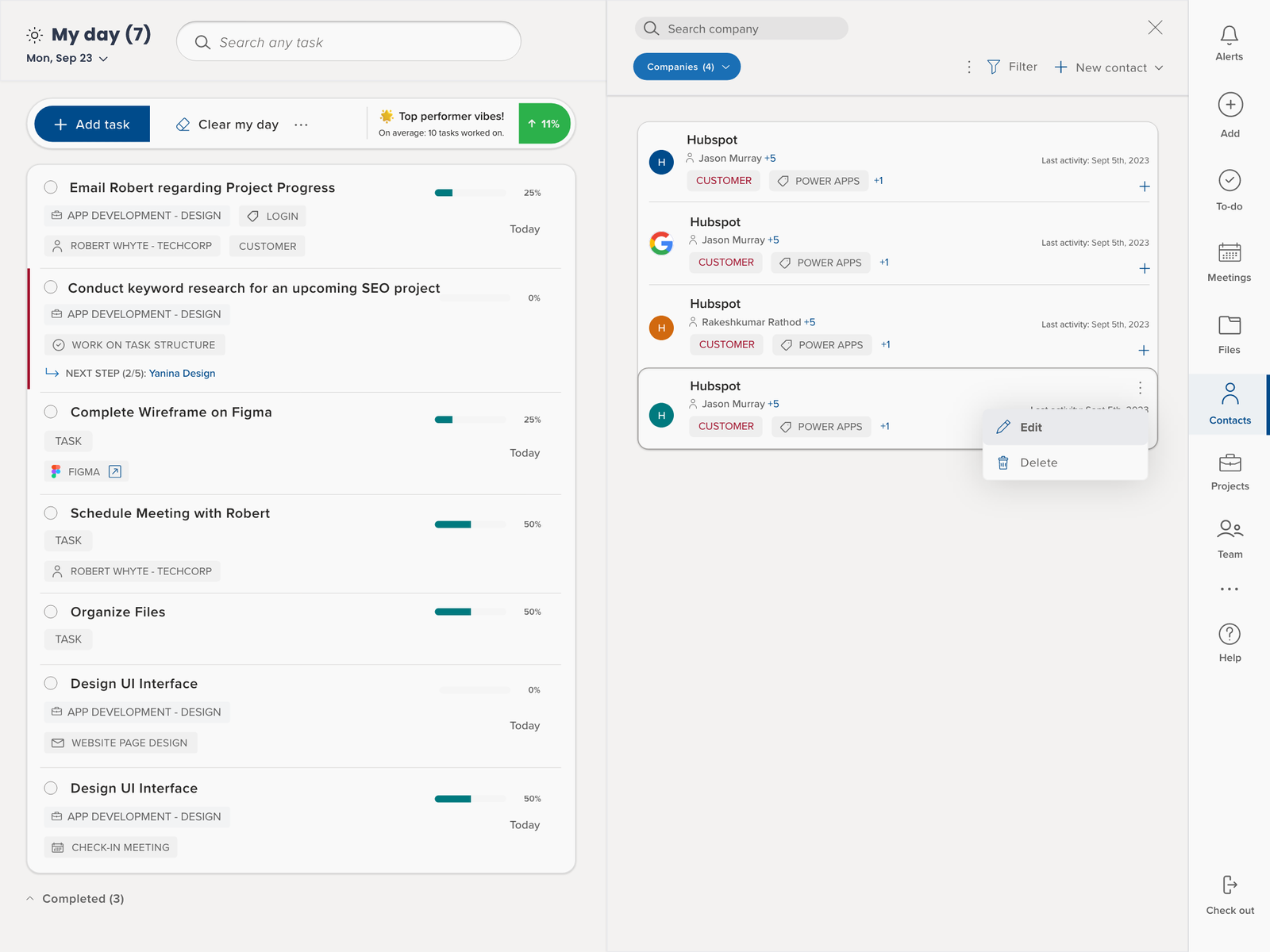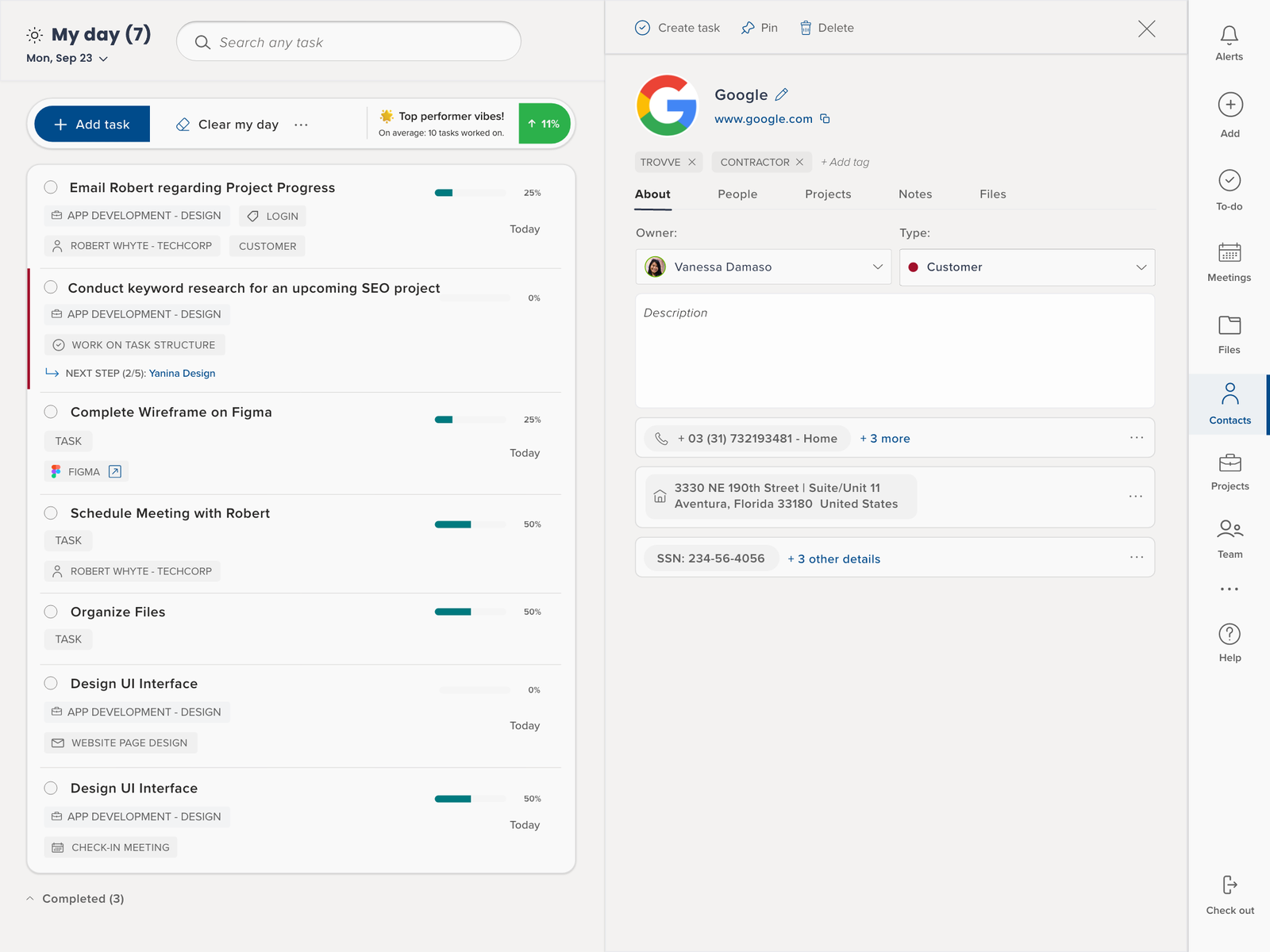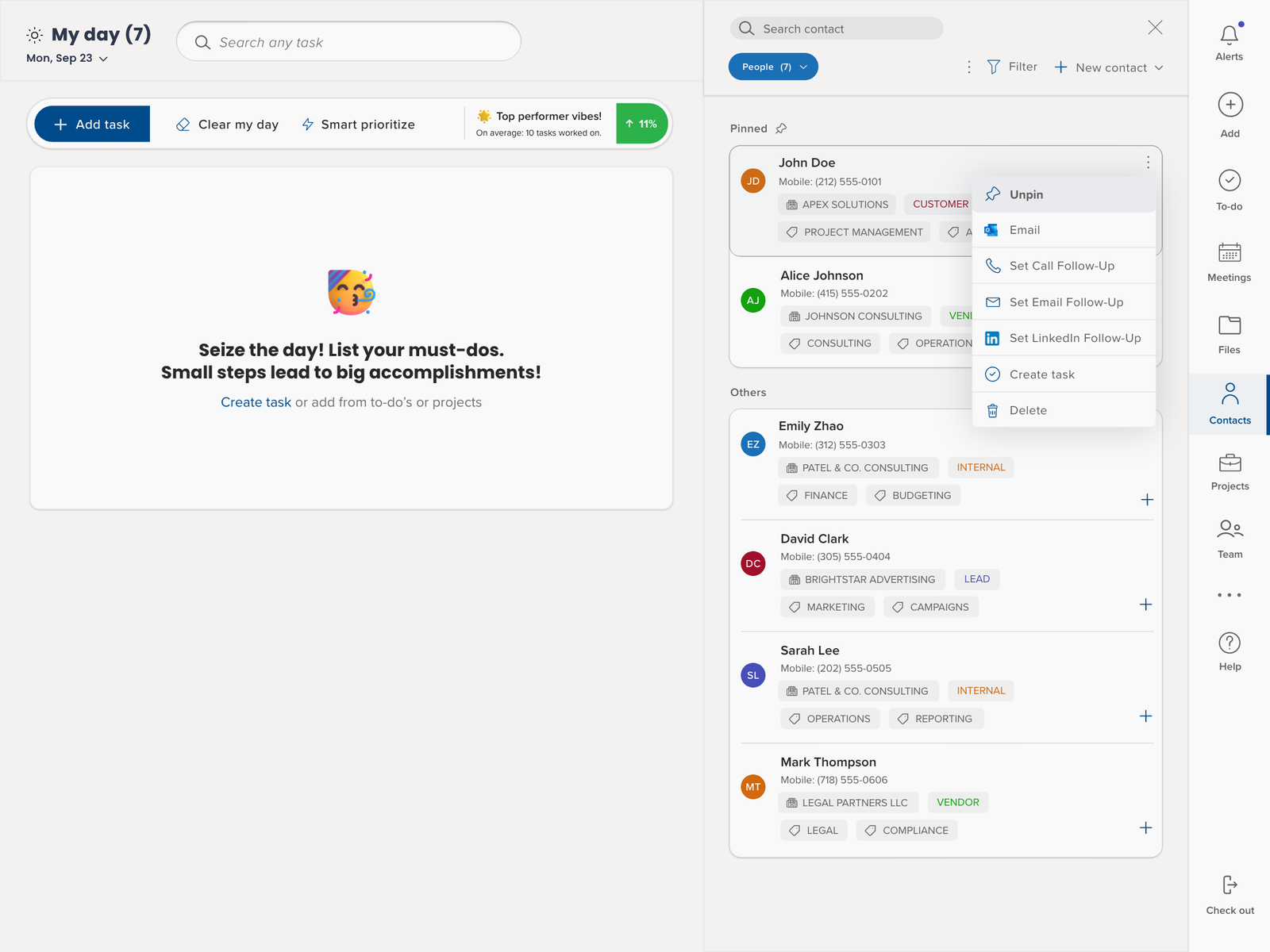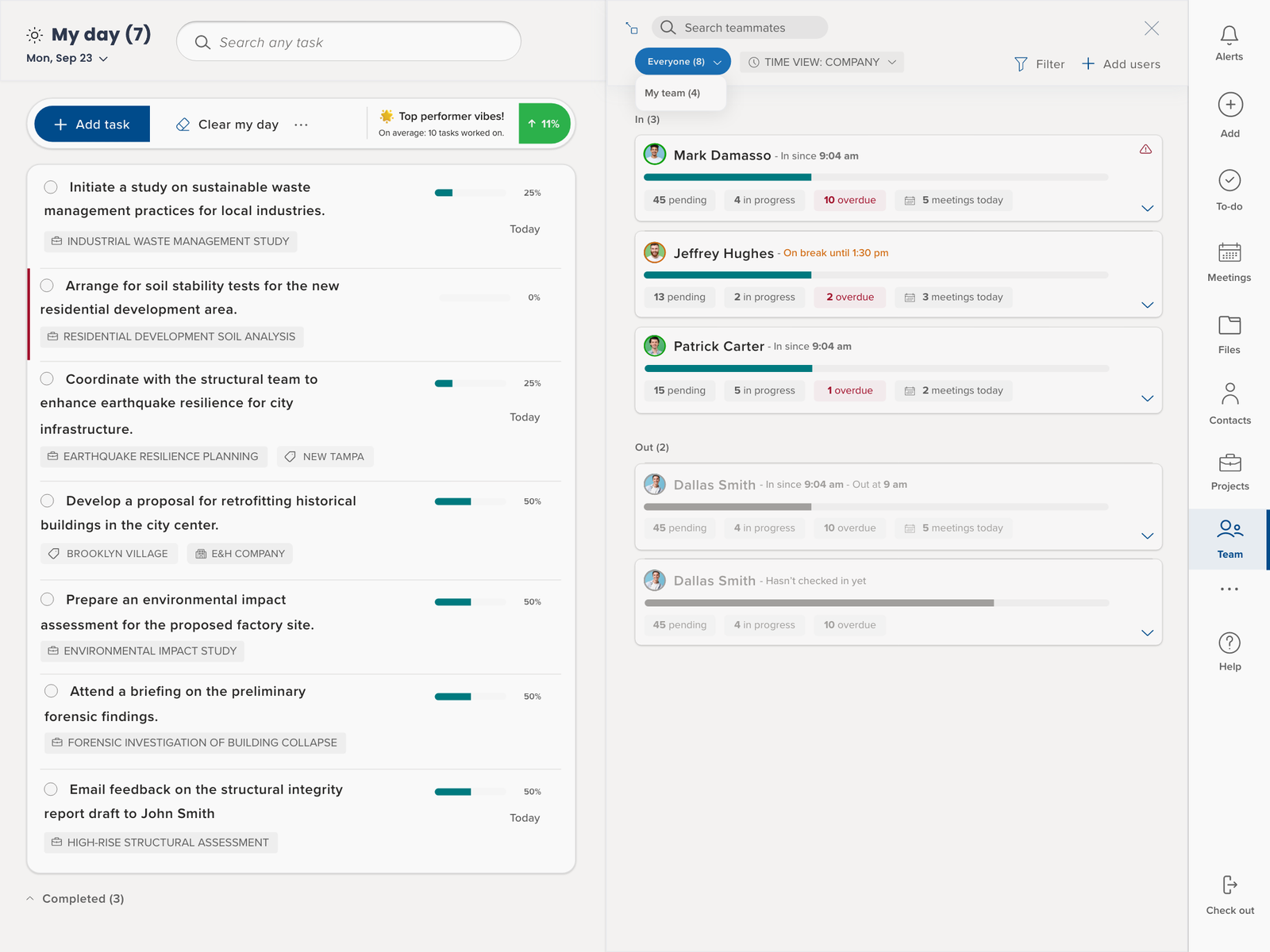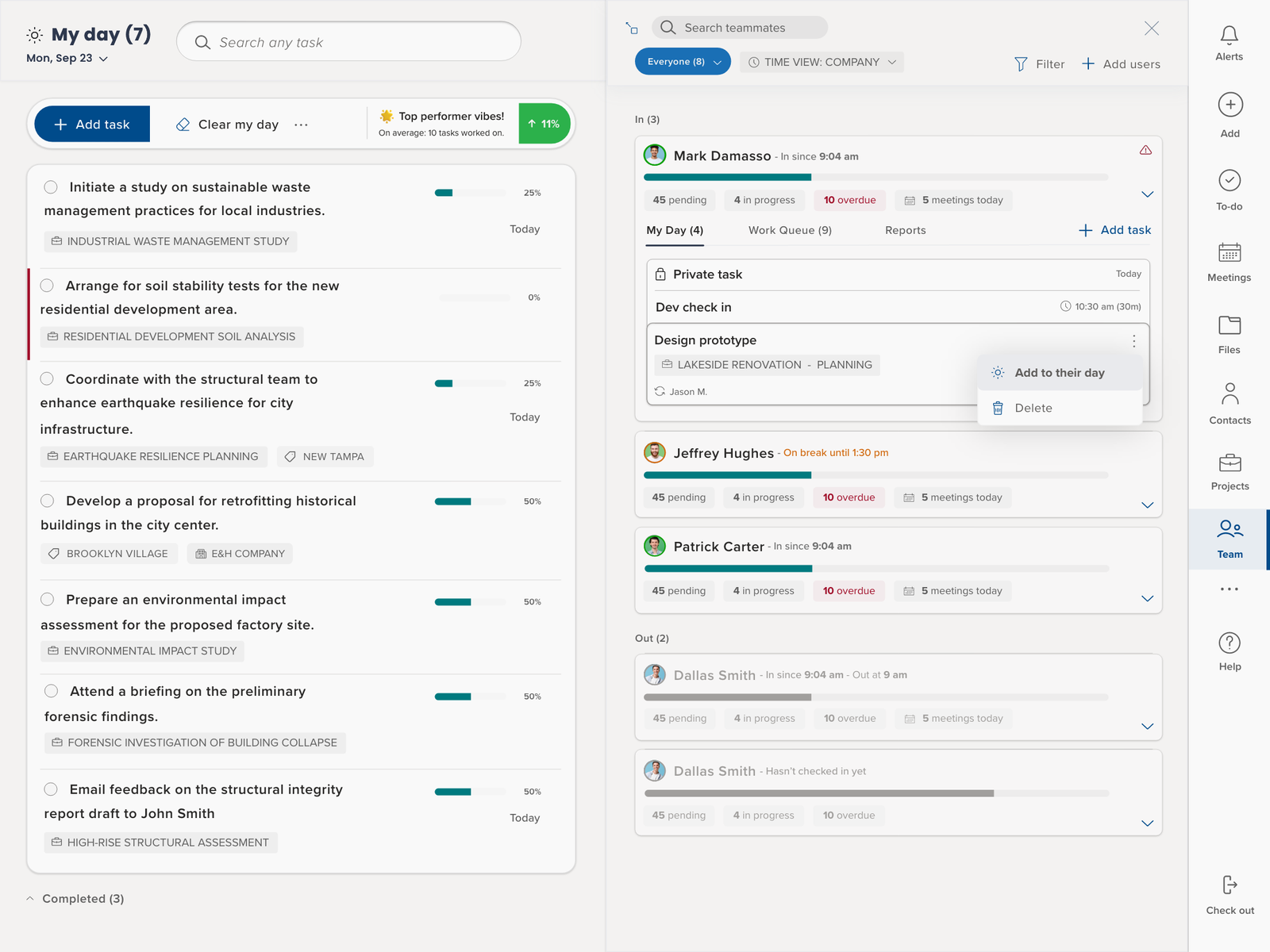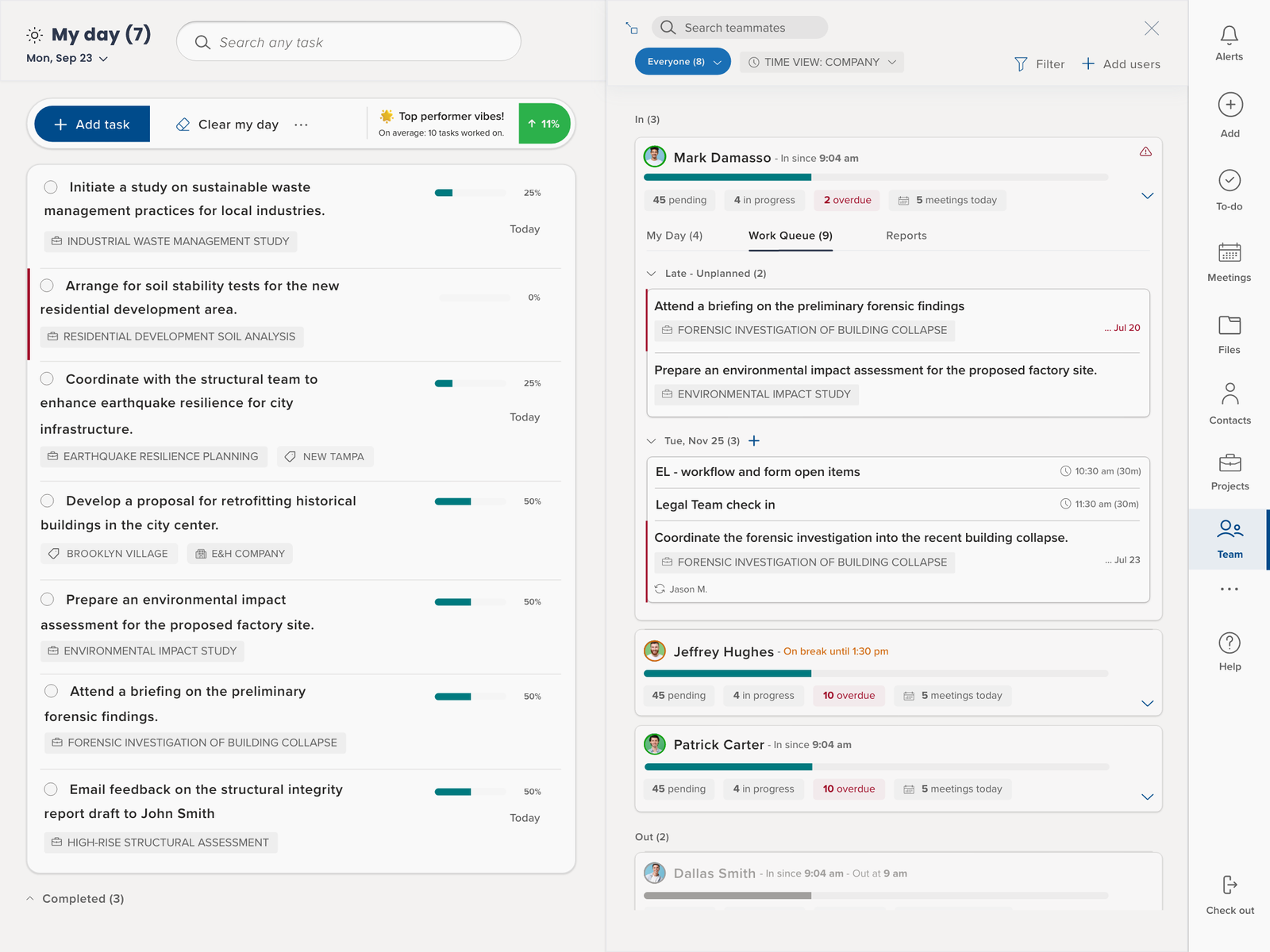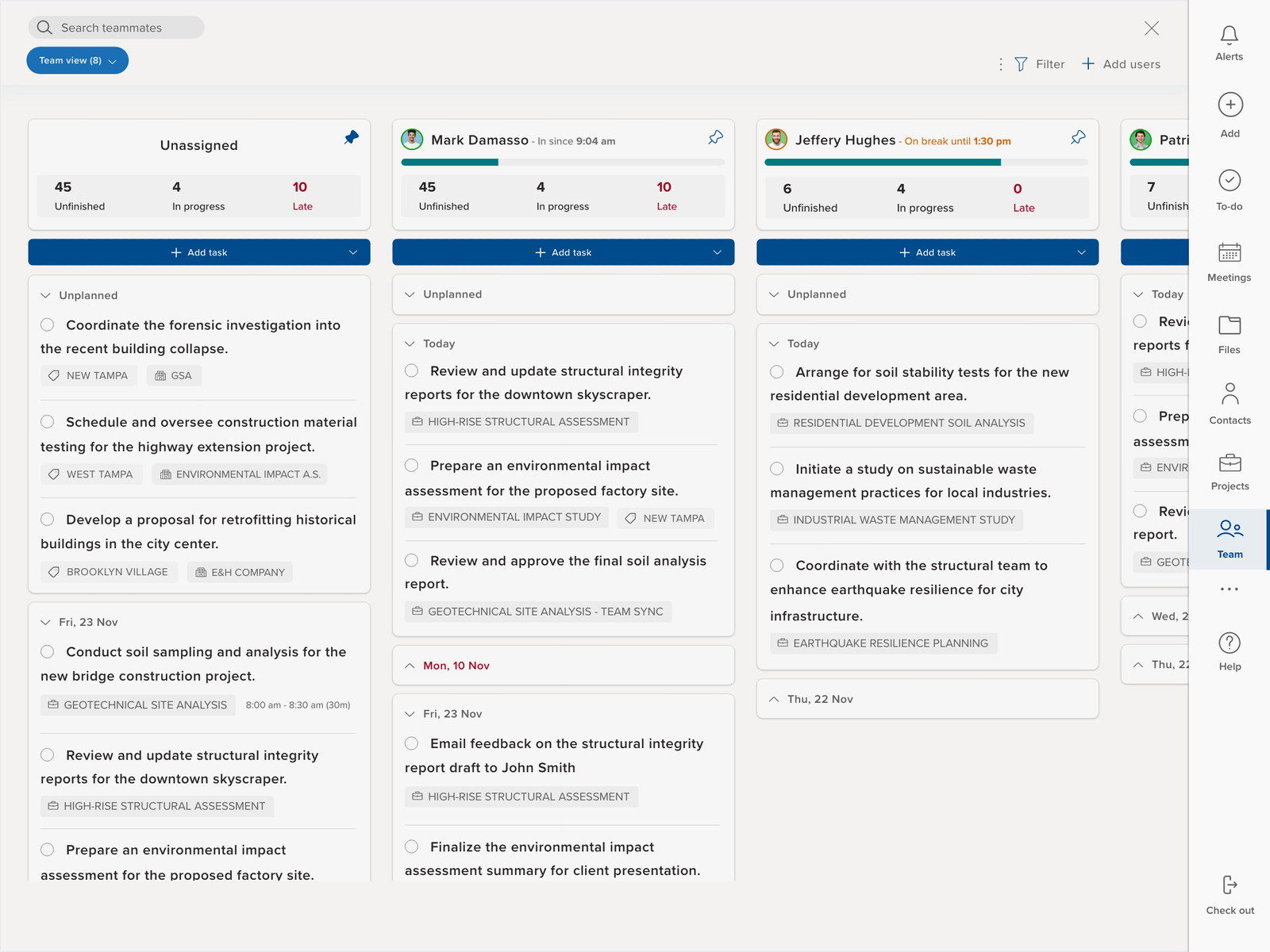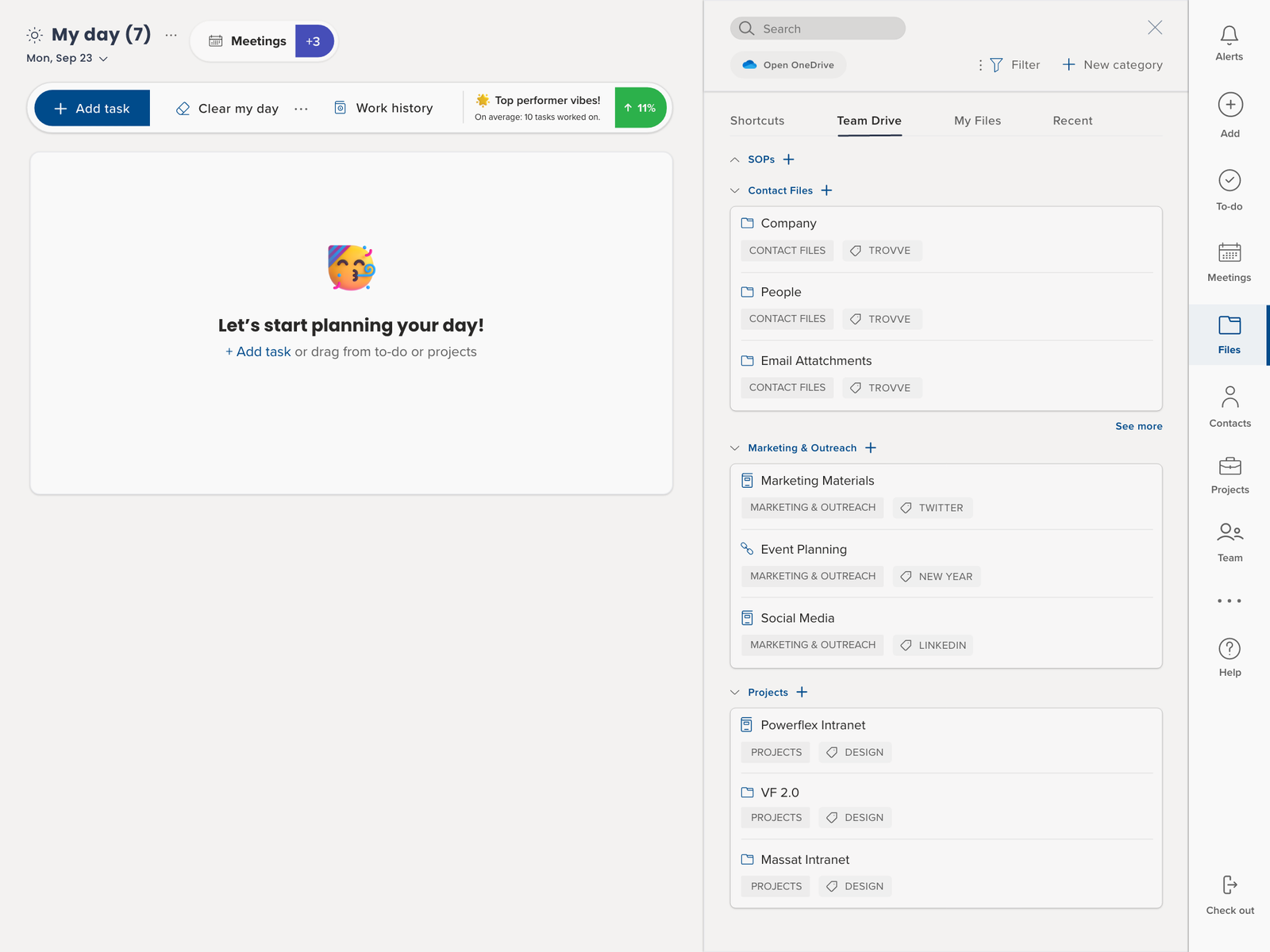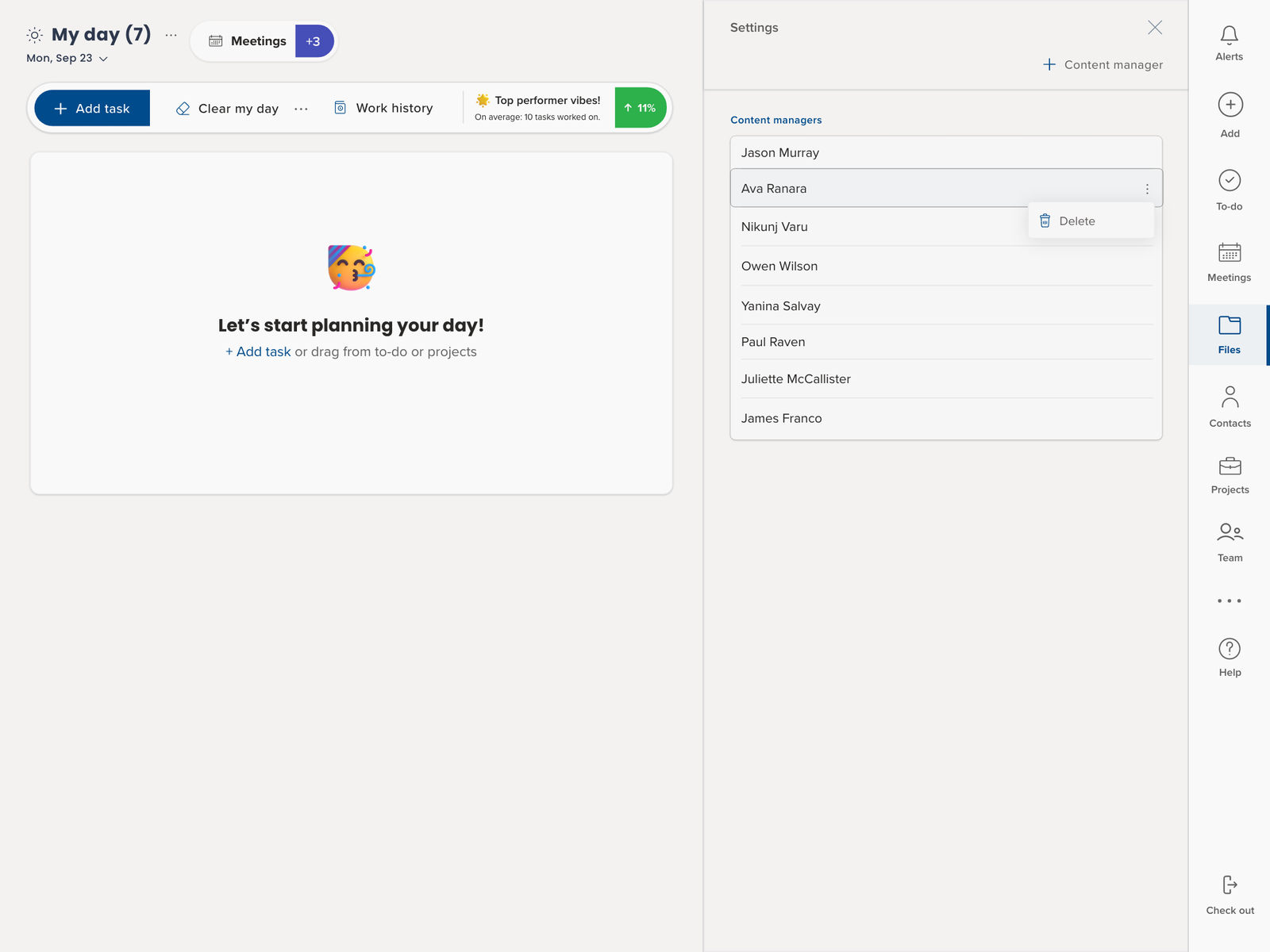Staying organized and managing tasks efficiently is essential. With numerous task management apps available, it can be overwhelming to choose the right one for your needs. Two popular options that often come up in the conversation are Todoist and Reminders.
In this blog post, we will conduct a comprehensive comparative analysis of Todoist and Reminders. We will delve into their basic features, explore their functionalities, and assess their user interface and experience. By the end of this analysis, you will have a clear understanding of the strengths and weaknesses of each app, allowing you to make an informed decision on which one suits you best.
First, we will take a closer look at Todoist, a robust task management app known for its comprehensive features. We will explore its task management capabilities, collaboration features, and assess its user interface and experience. Understanding these aspects will provide a solid foundation for comparison.
Next, we will shift our focus to Reminders, Apple’s native task management app. We will investigate its task management functionalities, collaboration features, and evaluate its user interface and experience. By gaining insights into Reminders, we can make a fair assessment when comparing it to Todoist.
Once we have examined both apps individually, we will proceed to compare them directly. We will compare them based on task management capabilities, collaboration features, and evaluate their user interface and experience. This head-to-head comparison will highlight the strengths and weaknesses of each app, enabling you to determine which one aligns better with your requirements.
Finally, armed with this knowledge, we will guide you in making the right choice between Todoist and Reminders. We will outline scenarios where Todoist is the preferred option and situations where Reminders may be the better fit. This will help you make an informed decision based on your specific needs and preferences.
So, if you’re torn between Todoist and Reminders and unsure which one is the right task management app for you, keep reading. Our comparative analysis will provide you with the insights you need to make an informed decision. Let’s dive in and explore the features, functionalities, and user experience of Todoist and Reminders.
Understanding the Basic Features of Todoist and Reminders
Todoist and Reminders are both task management apps that aim to help users stay organized and productive. Before diving into the specific features of each app, it is important to understand the basic functionalities they offer. In this section, we will explore the fundamental features of Todoist and Reminders.
Todoist is a feature-rich task management app that offers a wide range of capabilities. It allows users to create and organize tasks, set due dates and reminders, and prioritize tasks based on their importance. Todoist also offers the ability to create sub-tasks, add labels and tags to tasks, and attach files and notes to provide additional context.
On the other hand, Reminders, as the name suggests, focuses primarily on setting reminders for various tasks and events. It allows users to create simple reminders with due dates and alerts. Reminders also integrates seamlessly with other Apple apps such as Calendar, Messages, and Siri, making it convenient for users who are already immersed in the Apple ecosystem.
Both Todoist and Reminders offer cross-platform compatibility, allowing users to access their tasks and reminders from multiple devices such as smartphones, tablets, and computers. They also provide synchronization capabilities, ensuring that any changes made on one device are reflected on all other connected devices.
In terms of accessibility, Todoist offers a web-based interface, as well as dedicated apps for iOS, Android, Windows, and macOS. Reminders, on the other hand, is native to Apple devices and is available on iOS, iPadOS, and macOS.
Now that we have a basic understanding of the features and accessibility of Todoist and Reminders, we can delve deeper into their specific functionalities and compare them side by side. In the following sections, we will explore the task management capabilities, collaboration features, and user interface and experience of each app, providing you with a comprehensive analysis to make an informed decision.
Exploring the Features of Todoist
Todoist is a powerful task management app that offers a wide range of features to help users stay organized and productive. In this section, we will explore the key features and functionalities of Todoist in detail.
Task Management in Todoist
One of the core features of Todoist is its robust task management capabilities. Users can easily create tasks and organize them into projects or categories. Each task can have a due date, priority level, and can be assigned to specific individuals or teams.
Todoist also offers advanced task management features such as sub-tasks and task dependencies. Sub-tasks allow users to break down complex tasks into smaller manageable steps, while task dependencies enable users to define the order in which tasks need to be completed.
Furthermore, Todoist provides various options for organizing and filtering tasks. Users can add labels and tags to tasks, making it easier to categorize and find specific tasks. The app also allows users to create custom filters based on criteria such as due date, priority, or assigned user.
Collaboration Features of Todoist
Collaboration is an essential aspect of task management, especially for teams and groups working on projects. Todoist offers several collaboration features to facilitate teamwork and seamless coordination.
Users can share projects with others, granting them access to view and edit tasks within the project. This allows for real-time collaboration and ensures that everyone involved is up to date with the progress and changes.
Additionally, Todoist supports task comments and attachments. Users can leave comments on tasks to provide clarifications, updates, or feedback. Attachments can be added to tasks, allowing users to share relevant files, documents, or images.
Todoist’s User Interface and Experience
Todoist boasts a clean and intuitive user interface, making it easy for users to navigate and manage their tasks effectively. The app offers a minimalist design with a focus on simplicity and functionality.
The main dashboard provides an overview of all tasks, with options to view tasks by project, due date, or filter. Todoist also offers a quick add feature, allowing users to create tasks without navigating away from their current view.
The app provides various customization options, allowing users to personalize their task lists and prioritize tasks based on their preferences. Users can also choose from different themes and color schemes to suit their visual preferences.
Todoist also supports integration with other popular apps and platforms, enabling users to connect their task management with their calendars, email clients, and project management tools.
With its comprehensive task management features, collaboration capabilities, and user-friendly interface, Todoist proves to be a robust and efficient tool for individuals and teams alike. In the next section, we will explore the features and functionalities of Reminders, providing a comprehensive understanding of its capabilities.
Investigating the Features of Reminders
Reminders is a task management app developed by Apple, designed to help users stay organized and on top of their tasks. In this section, we will dive into the features and functionalities of Reminders and explore its capabilities in detail.
Task Management in Reminders
At its core, Reminders focuses on the simplicity of task management. Users can create tasks with due dates and set reminders to ensure they stay on track. The app allows users to create multiple lists to categorize their tasks based on different projects, personal responsibilities, or any other preferred criteria.
Reminders also offers the ability to set priorities for tasks, allowing users to distinguish between urgent and less time-sensitive activities. Users can easily mark tasks as complete, helping them track their progress and stay motivated.
Collaboration Features of Reminders
While Reminders is primarily designed for individual task management, it does offer some collaboration features. Users can share individual reminder lists with others, enabling them to view or edit tasks within those specific lists. This can be useful for shared responsibilities or coordinating tasks within a team or family.
Reminders also integrates seamlessly with other Apple apps, such as Calendar, Messages, and Siri. This integration allows users to easily convert messages or emails into tasks, set reminders based on events in their calendar, or use Siri voice commands to create and manage tasks hands-free.
Reminders’ User Interface and Experience
As an Apple native app, Reminders follows the sleek and user-friendly design principles that are characteristic of the Apple ecosystem. The interface is clean and intuitive, making it easy for users to navigate and manage their tasks effortlessly.
The main screen of Reminders provides a clear overview of all the lists and tasks, allowing users to focus on their priorities. The app offers features like smart lists, which automatically categorize tasks based on criteria such as due date or priority, making it easier to manage and track tasks.
Reminders also supports features like natural language input, where users can enter tasks using plain language and the app automatically recognizes relevant dates or times. This streamlines the task creation process and saves users’ time.
Furthermore, Reminders syncs seamlessly across all Apple devices, ensuring that users have access to their tasks and reminders wherever they are. This synchronization allows for a seamless user experience and makes it easy to stay organized on the go.
With its simplicity, integration with other Apple apps, and user-friendly interface, Reminders offers a straightforward and efficient task management solution for Apple users. In the next section, we will compare the features, functionalities, and user experience of Todoist and Reminders, providing you with a comprehensive analysis to help you make an informed decision.
Comparing Todoist and Reminders
Now that we have explored the features and functionalities of both Todoist and Reminders individually, it’s time to compare them side by side. In this section, we will evaluate the two task management apps based on task management capabilities, collaboration features, and user interface and experience. By doing so, we can gain a comprehensive understanding of the strengths and weaknesses of each app.
Comparison on the Grounds of Task Management
When it comes to task management, both Todoist and Reminders offer essential functionalities such as creating tasks, setting due dates, and organizing tasks into lists. However, Todoist goes beyond the basics by providing advanced features like sub-tasks and task dependencies. These features allow for more granular task management and help users break down complex tasks into manageable steps. Reminders, on the other hand, focuses on simplicity and offers a straightforward approach to task management without the added complexity of sub-tasks or dependencies.
Additionally, Todoist provides options for labeling, tagging, and filtering tasks, allowing for better organization and easy retrieval of specific tasks. Reminders, although lacking these advanced options, offers a clean and minimalist approach to task management, making it suitable for users who prefer a simplified interface.
Comparison on the Grounds of Collaboration Features
Collaboration is crucial for teams and groups working on projects, and both Todoist and Reminders offer collaboration features to facilitate teamwork. Todoist allows users to share projects with others, providing real-time collaboration and ensuring everyone involved is on the same page. Users can assign tasks to specific individuals or teams, leave comments, and attach files, fostering seamless coordination.
In contrast, Reminders is primarily designed for individual task management and offers limited collaboration features. While users can share individual reminder lists with others, the level of collaboration is not as extensive as Todoist. Reminders’ integration with other Apple apps, such as Messages and Siri, can be beneficial for personal use or sharing tasks within smaller groups.
Comparison on the Grounds of User Interface and Experience
Both Todoist and Reminders offer user-friendly interfaces, but with slightly different approaches. Todoist’s interface is clean and intuitive, providing a comprehensive set of features while maintaining ease of use. The app offers customization options, allowing users to personalize their task lists and prioritize tasks according to their preferences. It also provides cross-platform compatibility, ensuring a consistent user experience across different devices.
Reminders, as an Apple native app, follows the sleek and minimalist design principles of the Apple ecosystem. The interface is simple and easy to navigate, making it accessible for users who prefer a more streamlined task management experience. Reminders also syncs seamlessly across Apple devices, providing a cohesive user experience for Apple users.
Overall Comparison and Considerations
When comparing Todoist and Reminders, it is important to consider your specific needs and preferences. If you require advanced task management features, such as sub-tasks and task dependencies, and robust collaboration capabilities, Todoist may be the better choice. On the other hand, if simplicity and integration with other Apple apps are your priorities, Reminders can be a suitable option.
In the next section, we will guide you in making the right choice between Todoist and Reminders by outlining scenarios where each app excels. This will help you identify the most suitable app based on your specific requirements and use cases.
Choosing Between Todoist and Reminders
After comparing the features, functionalities, and user experience of Todoist and Reminders, it’s time to make a decision based on your specific needs and preferences. In this final section, we will outline scenarios where each app excels, helping you determine which one is the right choice for you.
When to Choose Todoist
Todoist is an excellent choice for individuals and teams who require advanced task management capabilities and robust collaboration features. Here are some scenarios where Todoist shines:
-
-
- Complex Projects: If you are working on projects that involve multiple tasks with dependencies, sub-tasks, and a need for advanced organization and filtering options, Todoist offers the necessary features to manage such projects effectively.
- Team Collaboration: Todoist’s collaboration features, including task assignment, comments, and file attachments, make it ideal for teams working together on shared projects. The real-time collaboration capabilities ensure seamless coordination and communication among team members.
- Cross-Platform Compatibility: If you need a task management app that is accessible across different devices and platforms, Todoist’s wide range of compatibility (including web, iOS, Android, Windows, and macOS) ensures you can stay organized and productive from anywhere.
When to Choose Reminders
Reminders, being an Apple native app, offers simplicity and integration with other Apple apps. Here are situations where Reminders may be the better choice:
-
-
- Personal Task Management: If you primarily need a task management app for personal use, Reminders’ minimalist design and straightforward interface make it easy to create and manage tasks without unnecessary complexity.
- Apple Ecosystem Integration: If you heavily rely on other Apple apps and services such as Calendar, Messages, and Siri, Reminders seamlessly integrates with these applications, allowing for a seamless user experience within the Apple ecosystem.
- Simplicity and Ease of Use: If you prefer a no-frills approach to task management and want a hassle-free experience, Reminders’ simplicity and intuitive interface provide a straightforward solution without overwhelming you with excessive features.
Consider your specific requirements, the nature of your tasks, and the level of collaboration needed before making a final decision between Todoist and Reminders. Both apps offer unique strengths and can cater to different user preferences.
In conclusion, Todoist is a comprehensive task management app suited for complex projects and team collaboration, while Reminders excels in simplicity and integration within the Apple ecosystem. Assess your needs, weigh the features and considerations outlined in this comparative analysis, and choose the app that aligns best with your requirements and preferences.
With this information at hand, you can confidently select either Todoist or Reminders to enhance your productivity and effectively manage your tasks.
